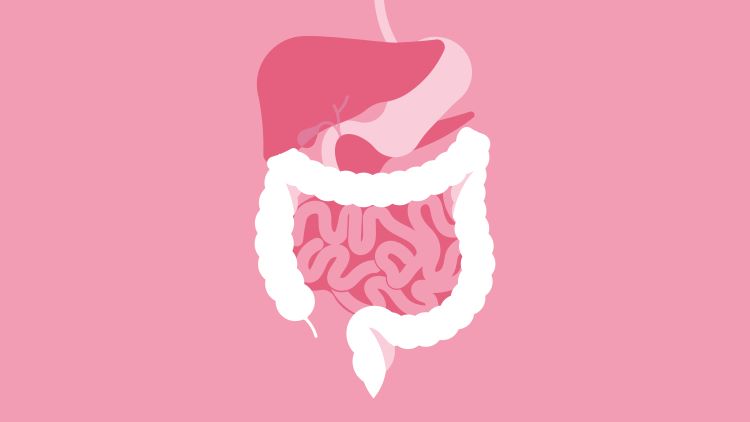ACG 2024: J&J data reveals new Crohn’s treatment option
More patients given subcutaneous induction and maintenance treatment with Johnson & Johnson’s biologic obtained clinical remission at 48 weeks, compared to placebo, Phase III data showed.
Phase III findings showed that TREMFYA ® (guselkumab) is the first IL-23 inhibitor to demonstrate results in subcutaneous induction and maintenance therapy of Crohn’s disease. New Phase III data from Johnson & Johnson has shown that the biologic could become the first IL-23 treatment to offer both a subcutaneous and intravenous induction regimen for the autoimmune condition.
The data demonstrated significant clinical remission and endoscopic response at 48 weeks in adults with moderate to severe active Crohn’s.
TREMFYA is a dual-acting monoclonal antibody “designed to neutralise inflammation at the cellular source by blocking IL-23 and binding to CD64”, Johnson & Johnson shared.
Biologic with rapid onset of action
Week 12 results showed that over fifty percent of patients treated with subcutaneous TREMFYA at Weeks 0, 4, and 8 obtained clinical remission over placebo, at 21.4 percent, respectively.
In addition, the biologic was also shown to give patients greater improvement in clinical remission observed as early as Week 4, in comparison to placebo treatment, according to the data.
The clinical remission rate was over three times greater with both maintenance doses of TREMFYA, results from Week 48 of the study found.
Based on the GRAVITI trial data, “the induction treatment with subcutaneous guselkumab is as rapid and robust as we have seen with the [intravenous] induction, which could offer a welcome new option for Crohn’s disease treatment,” commented Dr Remo Panaccione, FRCPC, Study Investigator and Professor of Medicine and the Director of the Inflammatory Bowel Disease Unit at the University of Calgary. “The one-year results of this study suggest that [subcutaneous] induction with guselkumab is a promising approach to help people with [Crohn’s disease] manage their symptoms and achieve meaningful endoscopic improvements.”
“TREMFYA has the potential to become the only IL-23 inhibitor to offer both [subcutaneous] and [intravenous] induction options for Crohn’s disease”
Therefore “TREMFYA has the potential to become the only IL-23 inhibitor to offer both [subcutaneous] and [intravenous] induction options for Crohn’s disease, and, if approved, will offer choice and flexibility for people living with [Crohn’s disease],” explained Dr Esi Lamousé-Smith, PhD, Vice President, Gastroenterology Disease Area Lead, Immunology, Johnson & Johnson Innovative Medicine.
These Phase III results were presented at the American College of Gastroenterology (ACG) 2024 conference.










